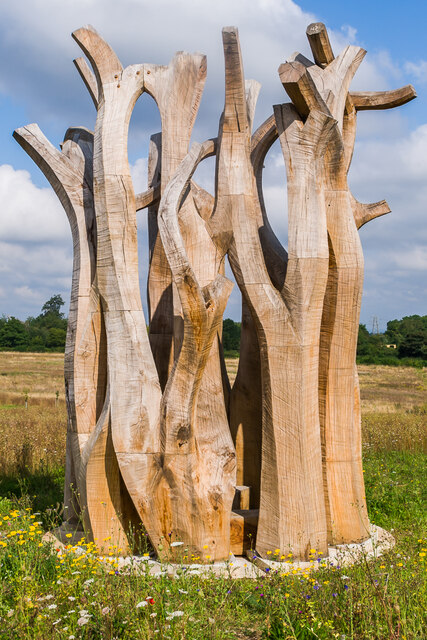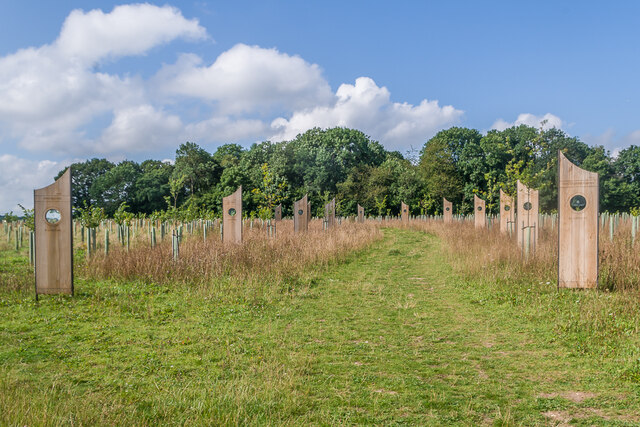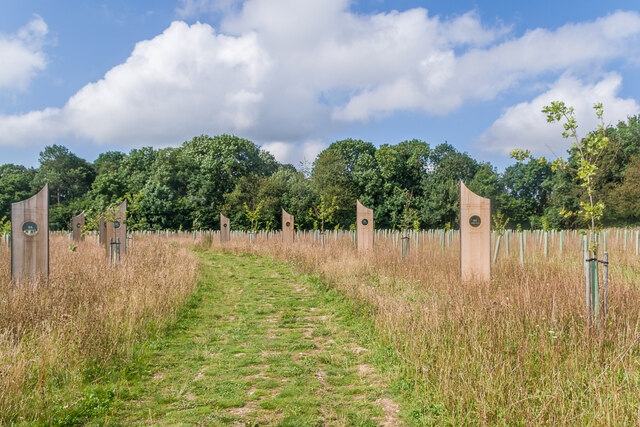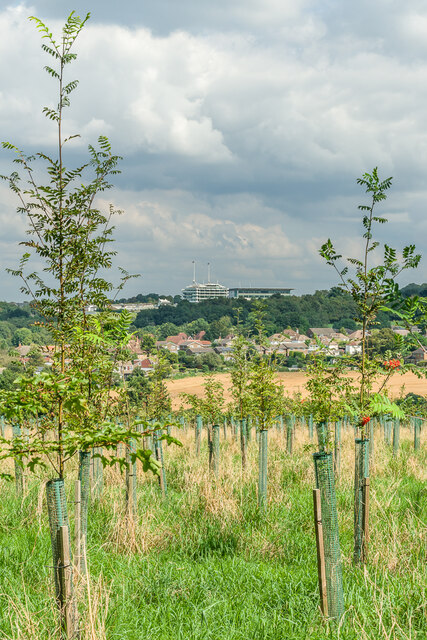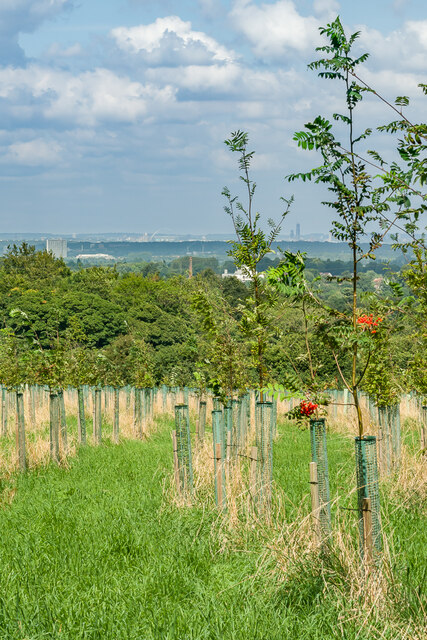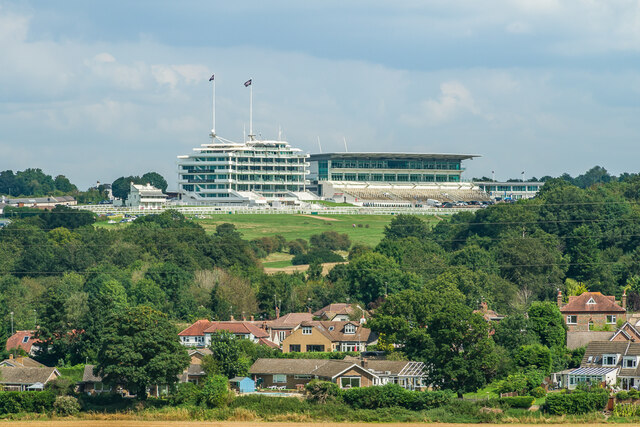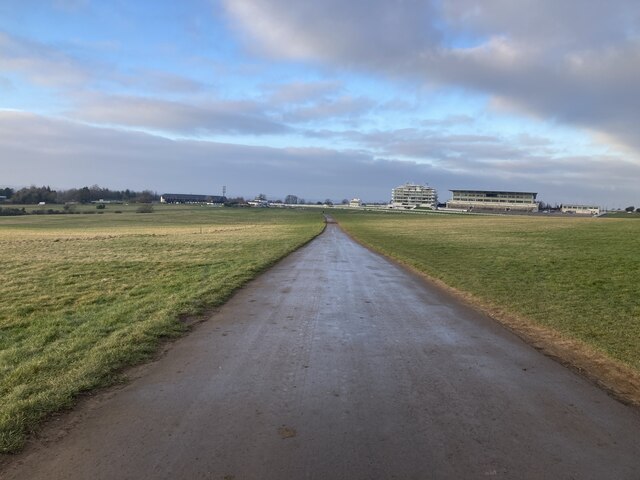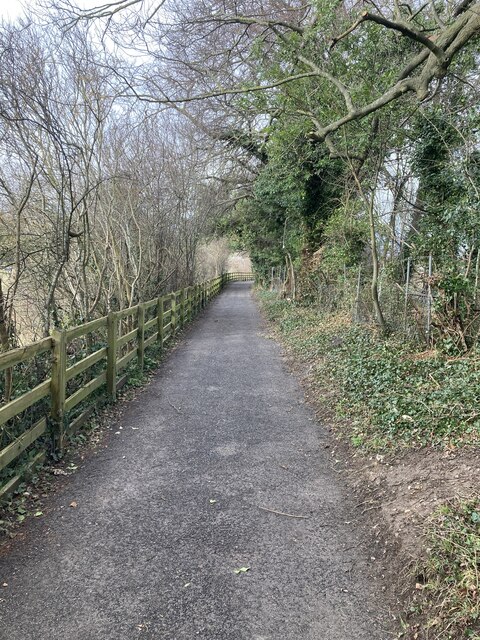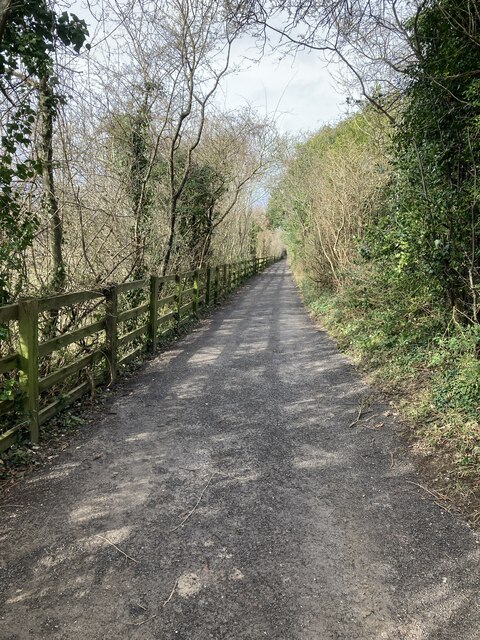Walton Downs
Downs, Moorland in Surrey Epsom and Ewell
England
Walton Downs
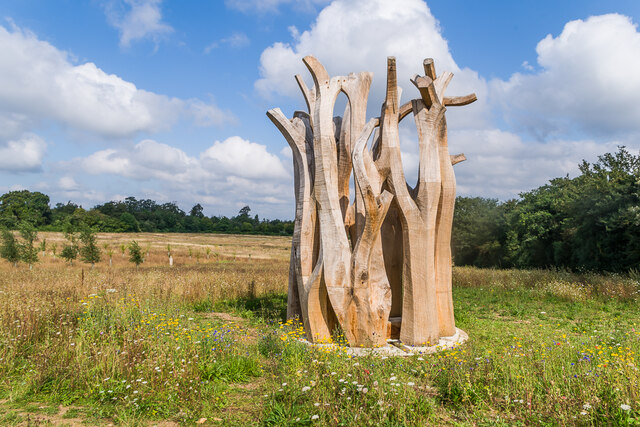
Walton Downs is a 120-acre area of open land located in Surrey, England. It is situated near the town of Walton-on-Thames and offers stunning views of the surrounding countryside. The downs are characterized by their rolling hills, lush grasslands, and patches of heathland. The area is popular with walkers, cyclists, and horse riders, who come to enjoy the peaceful and picturesque landscape.
Walton Downs is home to a variety of wildlife, including birds of prey, deer, and rabbits. The area is also rich in flora, with wildflowers such as heather, gorse, and orchids dotting the landscape. Visitors to the downs can explore a network of footpaths and bridleways that crisscross the area, allowing them to take in the beauty of the countryside.
In addition to its natural beauty, Walton Downs has a rich history, with evidence of human habitation dating back to the Bronze Age. The downs are also home to several ancient burial mounds, adding to the area's sense of mystery and intrigue. Overall, Walton Downs is a peaceful and scenic destination for those looking to escape the hustle and bustle of city life and reconnect with nature.
If you have any feedback on the listing, please let us know in the comments section below.
Walton Downs Images
Images are sourced within 2km of 51.302487/-0.24837372 or Grid Reference TQ2257. Thanks to Geograph Open Source API. All images are credited.

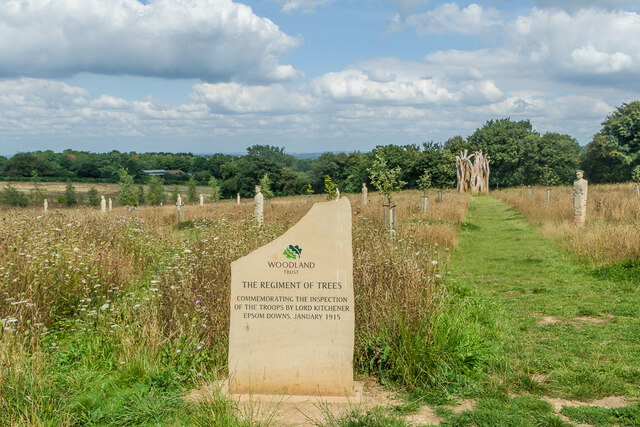
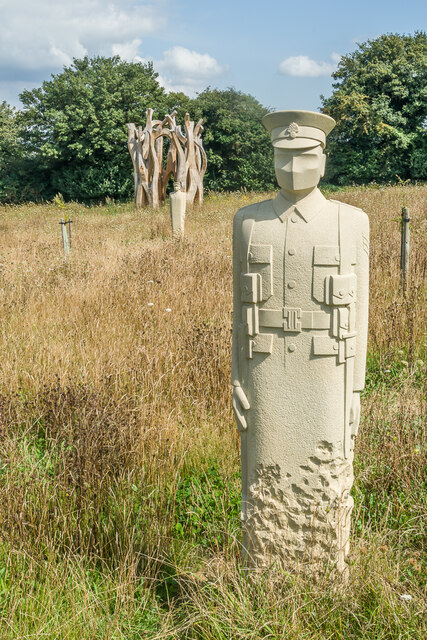
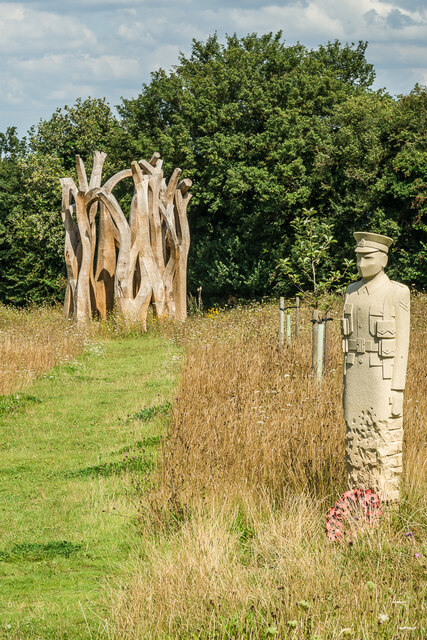
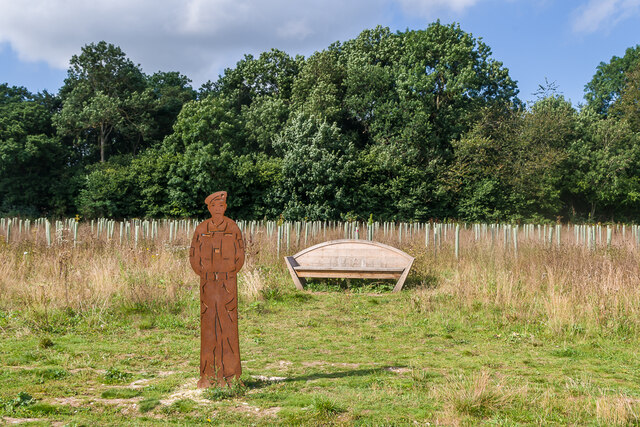
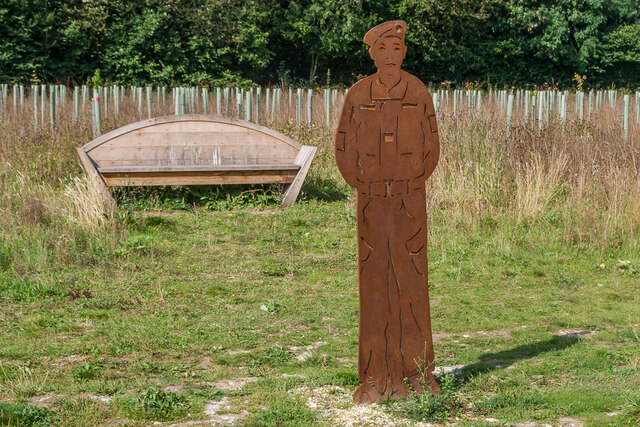
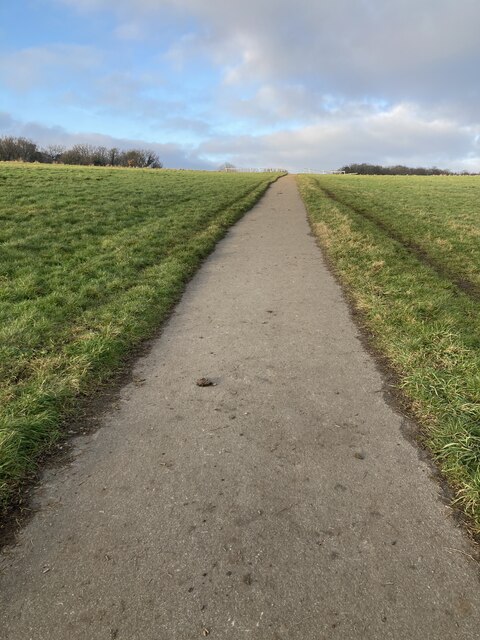
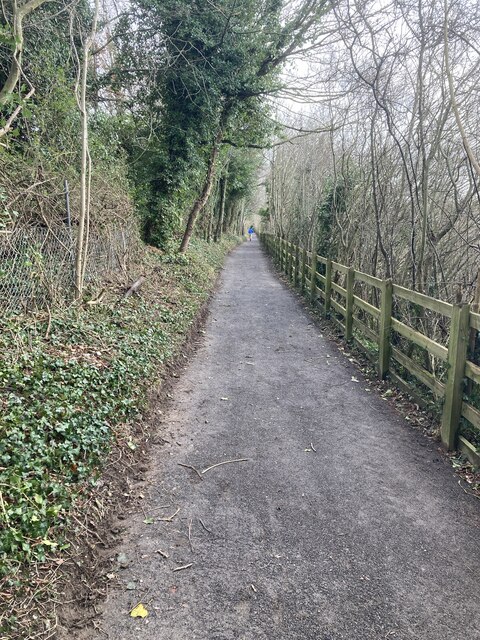
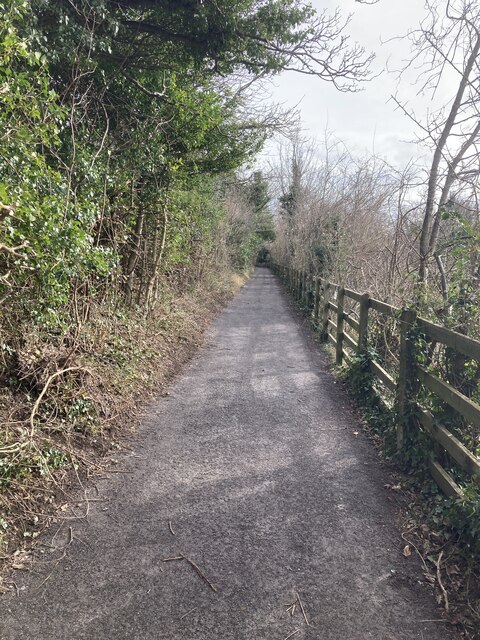
Walton Downs is located at Grid Ref: TQ2257 (Lat: 51.302487, Lng: -0.24837372)
Administrative County: Surrey
District: Epsom and Ewell
Police Authority: Surrey
What 3 Words
///statue.congratulations.moth. Near Tadworth, Surrey
Nearby Locations
Related Wikis
Copthorne Hundred
Copthorne was a hundred of Surrey, England, an area above the level of the parishes and manors, where the local wise, wealthy and powerful met periodically...
Tattenham Corner
Tattenham Corner is in north Surrey, England, the name is principally associated with Epsom Racecourse. The railway station of the same name is in the...
Tattenham Corner railway station
Tattenham Corner railway station is in Surrey, in England. The station and all trains serving it are operated by Southern, and it is the terminus of the...
Epsom Downs Racecourse
Epsom Downs is a Grade 1 racecourse on the hills associated with Epsom in Surrey, England which is used for thoroughbred horse racing. The "Downs" referred...
Nearby Amenities
Located within 500m of 51.302487,-0.24837372Have you been to Walton Downs?
Leave your review of Walton Downs below (or comments, questions and feedback).
